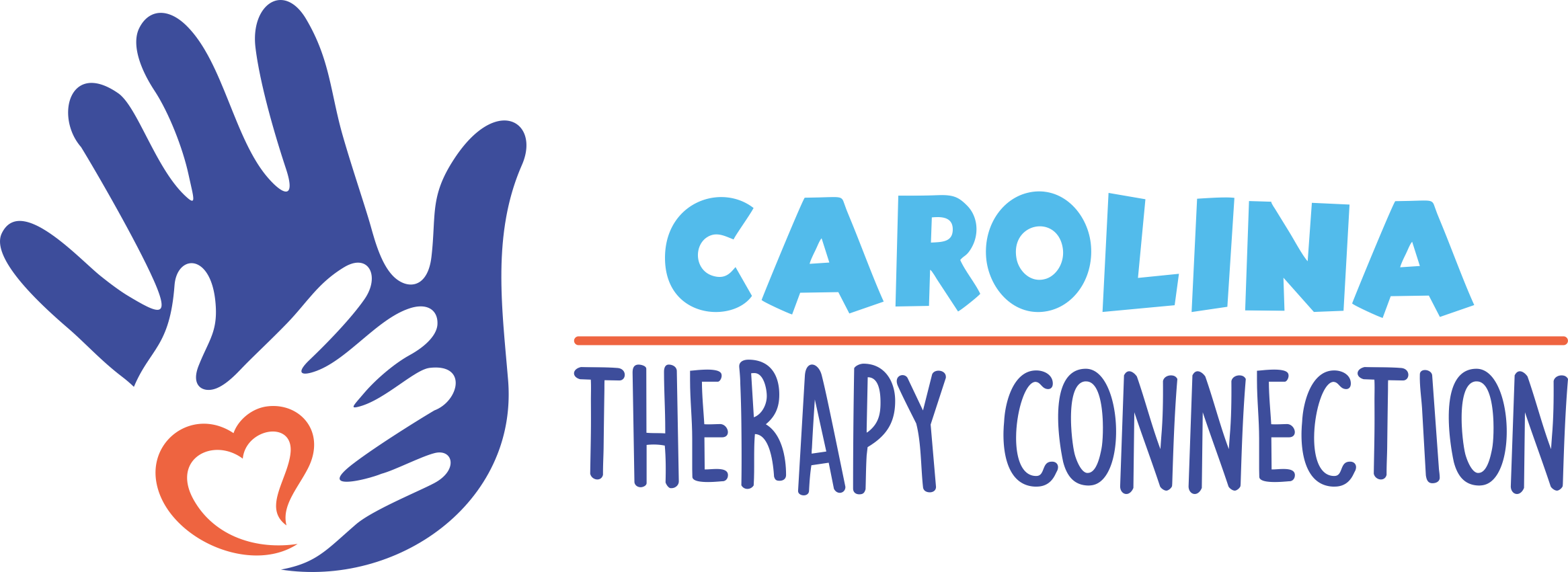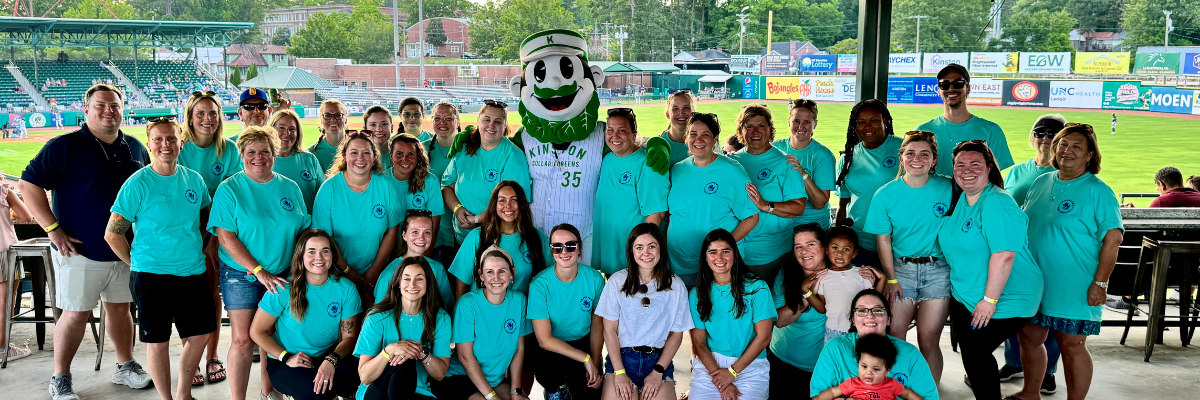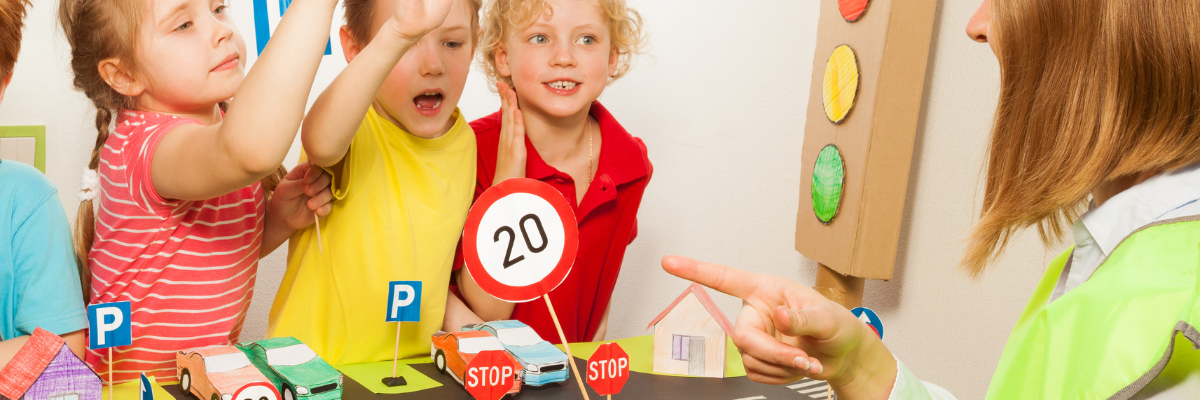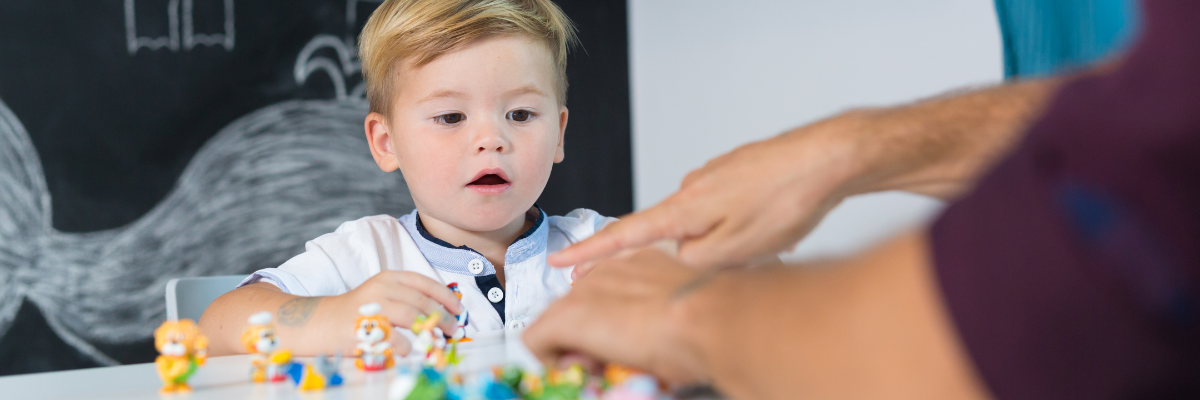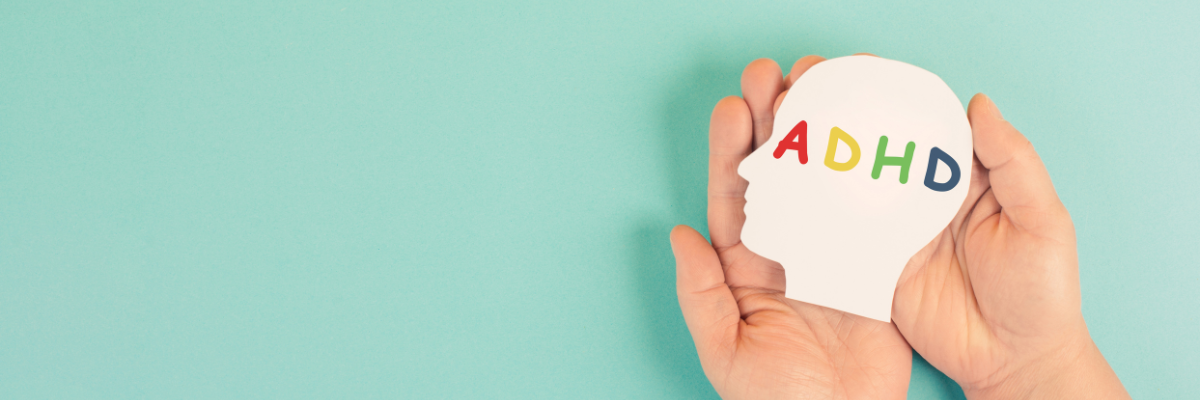We are thrilled to announce that our pediatric therapy company has been recognized as one of the Best Employers of North Carolina for 2023 and 2024 by Business North Carolina! This incredible achievement is a testament to the dedication, passion, and hard work of our entire team, and it highlights our commitment to providing exceptional care and services to the children and families in our community.
A Commitment to Excellence in Pediatric Therapy
Over the past 14 years, our organization has specialized in a comprehensive range of pediatric therapy services, including occupational therapy, speech therapy, physical therapy, mental wellness and counseling, and educational services. We have recently expanded to include services for adults in the past year and a half. Our multidisciplinary approach ensures that each child receives individualized care tailored to their unique needs, fostering their development and helping them reach their full potential.
- Occupational Therapy: Our skilled occupational therapists help children develop the skills they need for daily living and academic success, focusing on fine motor skills, sensory processing, and more.
- Speech Therapy: Our speech-language pathologists work with children to improve their communication skills, addressing challenges related to speech, language, and social communication.
- Physical Therapy: Our physical therapists are dedicated to enhancing children’s mobility, strength, development, and coordination, enabling them to participate fully in everyday activities.
- Mental Wellness and Counseling: We provide a supportive environment for children and adults to explore their emotions, develop coping strategies, and improve their mental health and well-being.
- Educational Services: Our educational specialists offer academic testing and tutoring support for children with learning differences, helping them thrive academically.
Serving Eastern North Carolina with Dedication and Care
With multiple locations around Eastern North Carolina, our clinic is committed to making our services accessible to families throughout the region. We also have several virtual speech-language pathologists who can serve children across all of North Carolina. We understand the importance of providing high-quality care close to home, and our convenient locations ensure that children and families can receive the support they need without extensive travel.
Recognized as a Top Employer
Being named one of the Best Employers of North Carolina for two consecutive years is an honor that reflects our dedication to creating a positive and supportive work environment for our staff. We believe that happy, fulfilled employees are the foundation of excellent patient care. Our team members are passionate about their work and committed to making a difference in the lives of the children and families we serve.
The survey conducted by DataJoe for Business North Carolina covered essential workplace topics, including organizational health, leadership, engagement, work-life balance, pay, training, benefits, and corporate social responsibility.
Looking to the Future
As we celebrate this achievement, we remain focused on our mission to provide the highest quality pediatric therapy services in Eastern North Carolina. We are continually exploring new ways to enhance our programs, support our staff, and expand our reach to better serve our community.
Thank you to our incredible team, our wonderful patients and families, and everyone who has supported us on this journey. We look forward to continuing to provide exceptional care and to being a part of your child’s growth and development for many years to come!
Visit our website or contact us today to learn more about our services and how we can support you and your child’s needs. Together, we can help every child reach their full potential!
https://businessnc.com/topping-the-list-of-north-carolinas-best-employers-2024/
